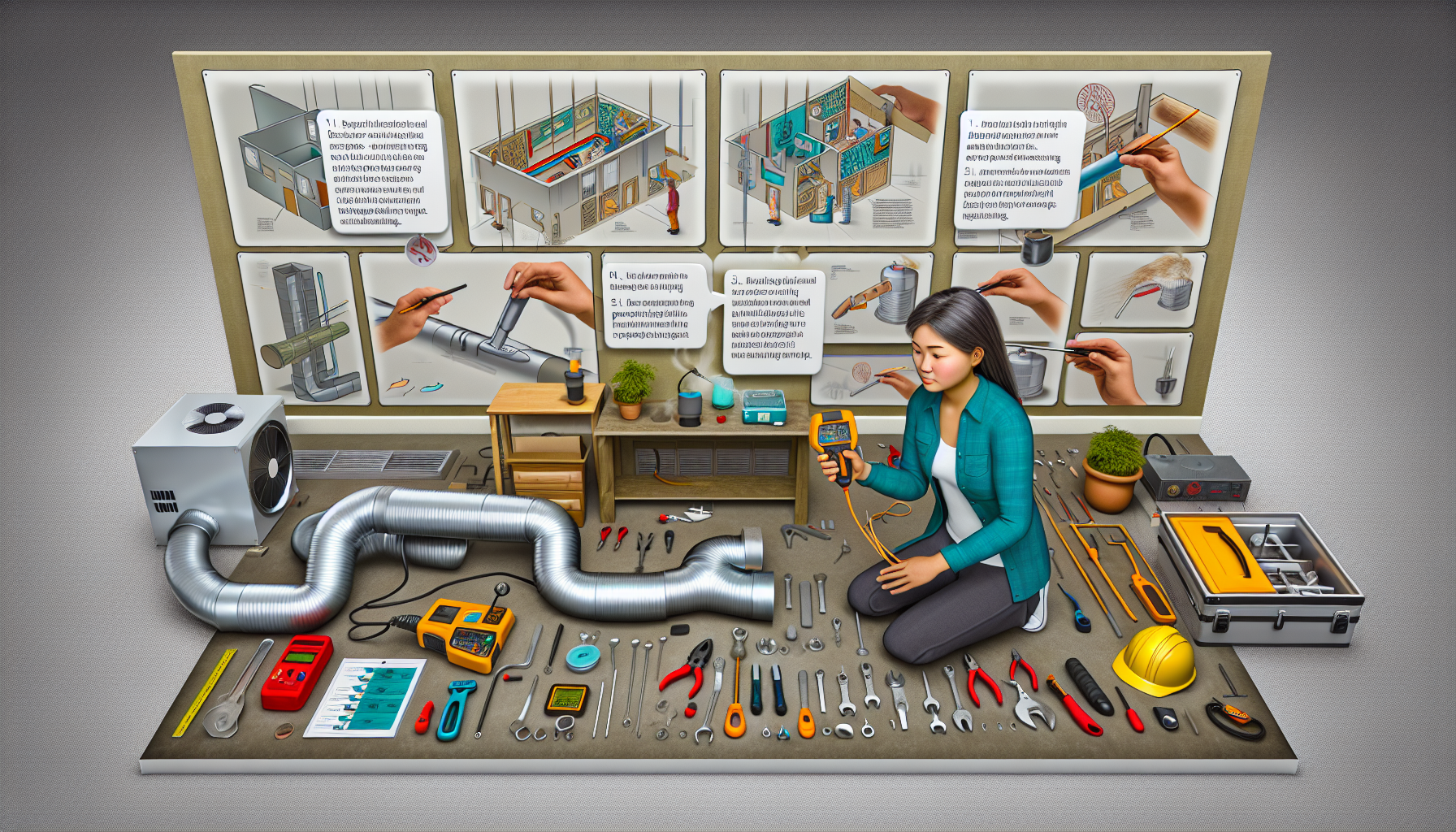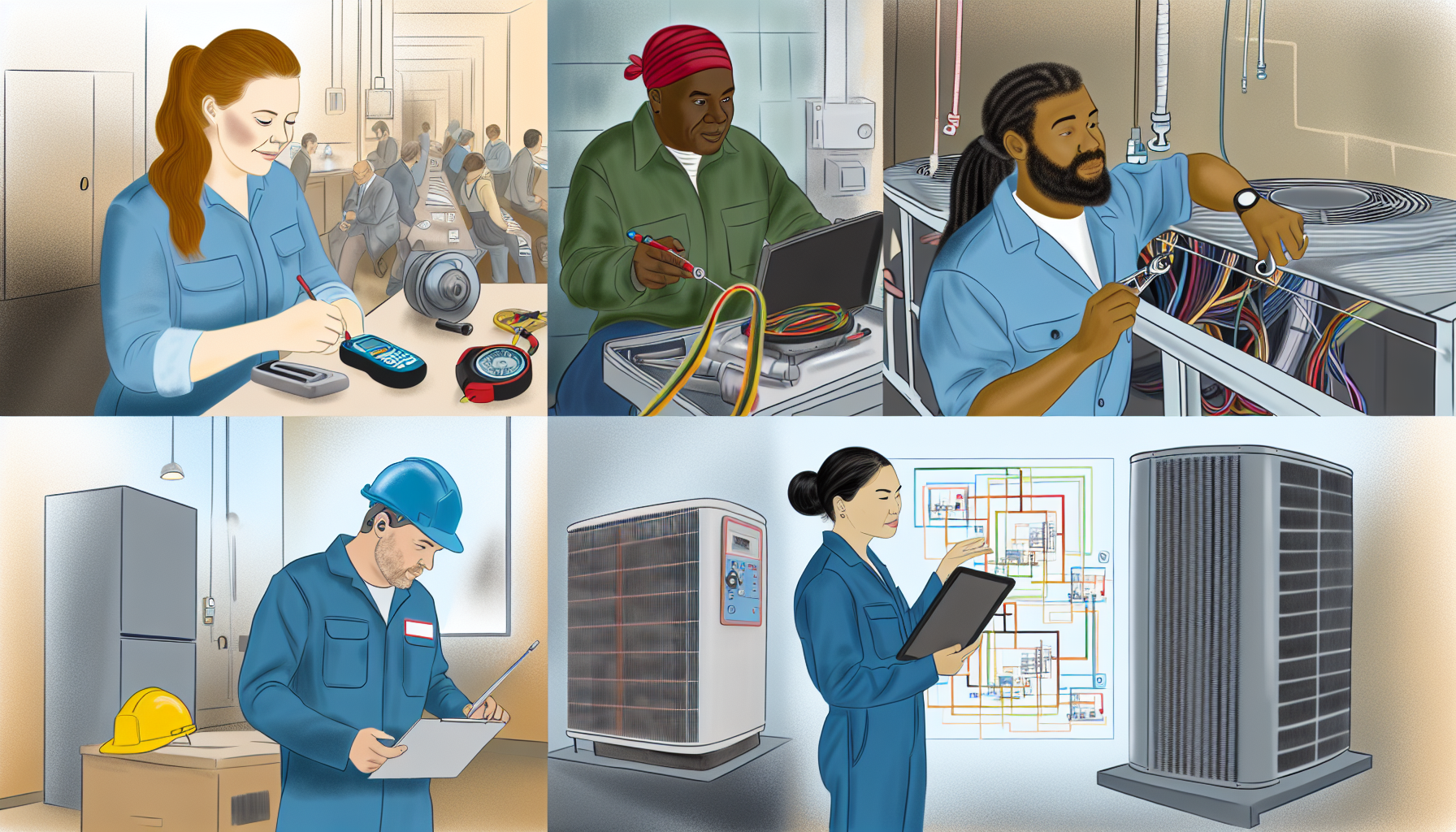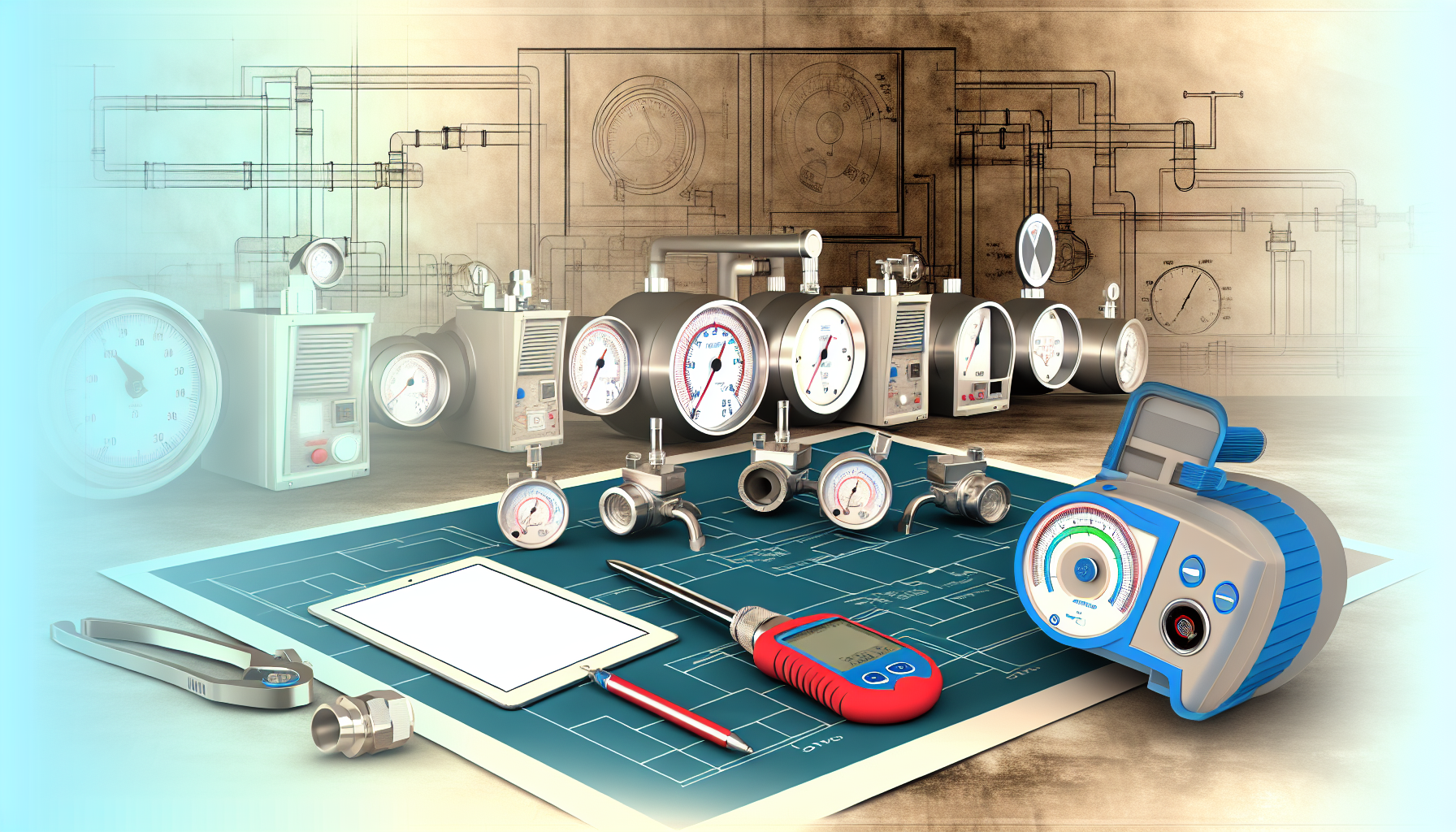Understanding the Basics of HVAC Electrical Testing
Heating, Ventilation, and Air Conditioning (HVAC) systems are crucial components in maintaining comfort in homes and buildings. As an HVAC professional or a DIY enthusiast, being able to competently test your HVAC system’s electrical components is imperative for troubleshooting issues and ensuring efficient operation. Mastery of using the right tools and understanding the electrical measurements can lead to quick and accurate diagnostics, saving you time and money.
Why Electrical Testing is Important for Your HVAC System
Electrical testing is a fundamental part of HVAC maintenance. By regularly performing electrical tests, you can:
- Identify potential problems before they escalate into major repairs.
- Ensure that your system operates efficiently, which can save on energy costs.
- Extend the overall lifespan of your HVAC system through proper upkeep and timely repairs.
The Essential Tools for HVAC Electrical Testing
Before diving into the specifics of electrical testing, it’s crucial to be equipped with the right set of tools. Here are some essential items you’ll need:
- Multimeter: A versatile tool that can measure voltage, current, and resistance.
- Ammeter: Specifically measures current, this can be a clamp-on meter for ease of use.
- Ohmmeter: Used to measure resistance and verify the integrity of electrical circuits and components.
- Voltmeter: Measures the electrical potential difference between two points in an electric circuit.
- Capacitance Meter: Used to test the capacitance of starting and running capacitors.
Mastering Measurement Techniques
Accurate measurements are the backbone of effective HVAC electrical troubleshooting. Proper use of electrical testing tools not only ensures safety but also provides reliable data for assessing system performance.
Voltage Testing
Voltage testing is perhaps one of the most common procedures in HVAC electrical testing. To conduct a proper voltage test:
- Turn off the power to the HVAC system at the circuit breaker.
- Select the appropriate voltage setting on your multimeter.
- Connect the multimeter probes to the appropriate test points or terminals.
- Turn the power back on and observe the reading, verifying it matches the expected value.
Remember, incorrect voltage can indicate problems such as poor wiring connections or failing components.
Current Testing
Current testing is vital for determining if electrical components are receiving the necessary power to operate efficiently. Follow these steps to measure current safely and accurately:
- Isolate the circuit or component you want to test.
- Set your clamp meter to the correct current range if using a digital multimeter, switch to the current measurement mode.
- Clamp the meter around one of the wires leading to the component. Do not clamp around multiple wires.
- Note the reading and compare it with the manufacturer’s specifications.
Resistance and Continuity Testing
Resistance testing can reveal a lot about the condition of an electrical circuit or component, including the presence of open or short circuits. To effectively conduct a resistance or continuity test:
- Power off the system and discharge all capacitors.
- Disconnect the component or isolate the circuit section you’re testing.
- Set your multimeter to the resistance or continuity setting.
- Place the probes across the component or circuit.
- Read the resistance level and verify against the component’s specifications, or listen for the continuity beep to ensure the circuit is complete.
Capacitance Testing
A failed capacitor can lead to motor or compressor malfunction. To test a capacitor, follow these steps:
- Ensure the power is off and the capacitor is fully discharged.
- Disconnect the capacitor from its circuit.
- Set your meter to the capacitance measurement setting.
- Place your multimeter probes on the capacitor terminals.
- Compare your reading with the capacitor’s rated capacitance value.
Advanced HVAC Electrical Testing Tips
To become proficient in HVAC electrical testing, practice and experience are key. Here are some tips to elevate your testing skills:
- Always prioritize safety – wear appropriate protective equipment and adhere strictly to safety protocols.
- Understand the schematics – electrical diagrams can provide valuable insight into the proper functioning of your HVAC system.
- Practice good record-keeping – document your findings and use them as a reference for future troubleshooting.
- Stay updated – with ever-changing technology, continuous learning is essential to keep up with new testing methods and equipment.
HVAC Electrical Testing FAQ
What safety precautions should I take when conducting HVAC electrical tests?
Always turn off power to the system before testing, use insulated tools, wear gloves and eye protection, and never touch live circuits. Consult safety guidelines and follow local codes.
How often should HVAC electrical components be tested?
It’s recommended to perform electrical testing at least annually as part of routine maintenance. However, if you notice any signs of malfunction, testing should be done immediately to diagnose the issue.
Can a multimeter replace other electrical testing tools?
A multimeter is a versatile tool and can replace several others such as an ammeter, ohmmeter, and voltmeter. However, certain specialized tests may still require dedicated tools.
What should I do if my measurements differ from the expected values?
If readings don’t match the specifications provided by the manufacturer, it might indicate a malfunction, and the component may need repairs or replacement. It’s advisable to consult with an experienced HVAC technician if you’re unsure.
Is it safe for a homeowner to perform these tests, or should they call a professional?
If a homeowner has a basic understanding of electrical principles and the proper tools, simple tests can be performed safely. However, for more complex issues or where there is any doubt, it’s best to enlist the services of a professional HVAC technician.








